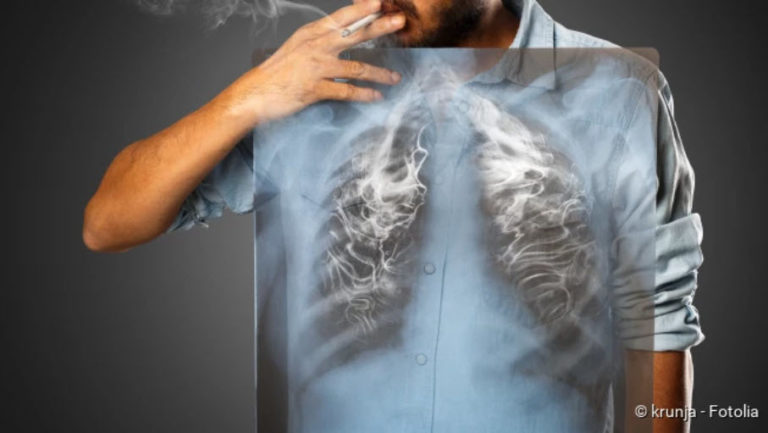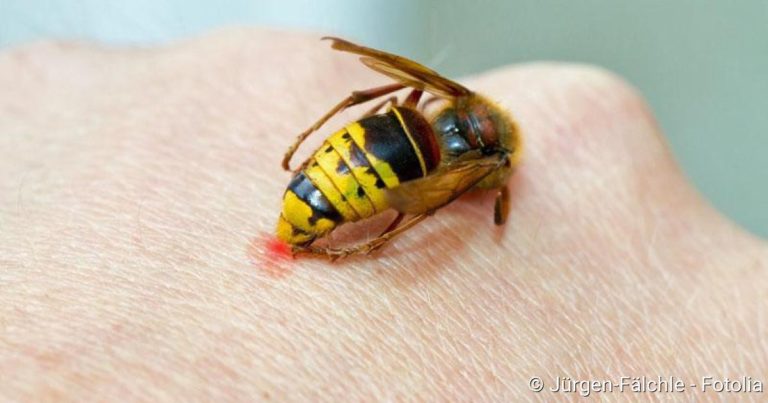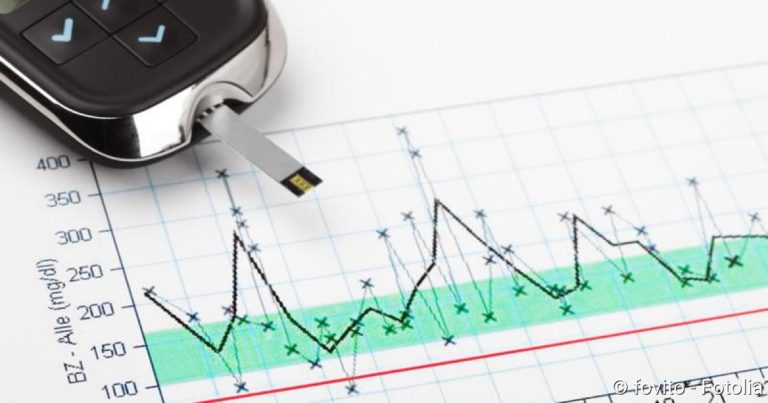Carpal tunnel syndrome: causes, treatment, prognosis
Carpal tunnel syndrome: causes, treatment, prognosis

Tendinitis (tendovaginitis, peritendinitis, tendosynovitis) is an inflammation of the tendon sheaths. Mostly the forearm, hand and wrist are affected. There are two special forms of tendosynovitis: Tendovaginitis stenosans and Tendovaginitis stenosans de Quervain. Everything important about causes, symptoms, diagnosis and therapy of tendosynovitis can be found here.
Tendinitis: Description
A tendon sheath (vagina synovialis, vagina tendinis) is an enveloping structure around a tendon that protects it and reduces friction with adjacent tissues such as ligaments and bones. For this purpose it is filled with synovial fluid.
The inflammation of the tendon (tendinitis) itself is to be distinguished from an inflammation of the tendon sheath.
In principle, tendon sheath inflammation can occur on any true tendon sheath. On some parts of the body, however, a tendon sheath is particularly often inflamed: Hand, forearm and foot. Known forms of tendosynovitis of the hand are snap finger and tendovaginitis de Quervain.
Tendinitis: Snap finger
If the symptoms occur on the bent side of the fingers, it is possibly a snap finger. You can read more about this in the article Schnappfinger.
Tendovaginitis de Quervain
In case of painful movement restriction of the thumb a tendovaginitis de Quervain should be considered. You can read more about this in the article Tendovaginitis de Quervain.
Tendinitis: Symptoms
The tendon sheath inflammation often begins insidiously. The main symptom is pain over the affected tendon sheath (e.g. pain in the wrist). These are intensified especially during active or passive movement of the joint, more precisely of the affected tendon. Swelling and redness can usually be seen above the joint. A morning stiffness and a feeling of tension are also described. With the so-called tendovaginitis crepitans, a rubbing can be felt when moving the joint.
Tendinitis: Causes and risk factors
Very rarely, tendonitis is caused by bacteria (septic tendovaginitis). Instead, tendovaginitis is usually a non-bacterial inflammation caused by overstrain and poor posture. The inflammatory reaction causes the tendon and tendon sheath to swell to such an extent that the fine liquid film in the tendon sheath is no longer sufficient for smooth tendon movement. Sometimes the tendon even gets stuck in its tendon sheath.
The inflammation continues to increase and additional pain develops. The surfaces of the tendon and tendon sheath can change due to the inflammatory reaction, resulting in a perceptible and audible rubbing when moving. Doctors call this disease symptom Tendovaginitis crepitans.
Tendinitis: Hand
At the flexor tendons of the fingers, small nodules can form in the tendon so that it can no longer slide smoothly. Then one speaks of tendovaginitis stenosans (also snap finger or quick finger). This usually affects the thumb. However, the flexor tendons of the other fingers can also become inflamed. In addition, this form of tendosynovitis can also develop in connection with inflammatory diseases from the rheumatic form.
A variant of the tendovaginitis stenosans is the tendovaginitis stenosans de Quervain. Here the tendon sheath inflammation is localized in the first extensor tendon compartment of the hand. There are a total of six such compartments, in which the extensor tendons are guided to the wrist and fingers. The tendon fans are formed by a strong ligament, the so-called retinaculum extensorum.
Tendinitis: Wrist
Sometimes a tendon sheath at the transition between hand and arm is inflamed (wrist). The cause is usually an acute or chronic overloading or incorrect loading of the tendons running here. For example, if the inflammation of the tendon sheath is due to too much work with the computer mouse, the physician speaks of the “mouse arm”. Local bruising of the tendons can also cause a tendon sheath to become inflamed (and sometimes the tendon itself). The flexing of the hand is particularly stressed during sports such as climbing, apparatus gymnastics, rowing or table tennis.
Tendinitis: Arm
It is not only on the wrist itself that you can feel when a tendon sheath becomes inflamed here. Arm complaints can also occur, more precisely a pulling in the forearm. Intensive practice with musical instruments such as guitar, violin or piano can also be the reason if a tendon sheath becomes inflamed in the area of the wrist and forearm.
Elbow pain often speaks for the so-called tennis elbow, caused by permanent overstrain and micro-traumas, which lead to tears in the tendons. However, a tennis elbow is an inflammation of the tendon attachments of the muscles of the forearm and therefore not a tendon sheath inflammation. Arm pain, which is caused by tendonitis, is in most cases localised in the forearm.
Tendinitis: Foot
Very often, but not always, it is the upper extremities where a tendon sheath becomes inflamed. Foot pain can also indicate tendovaginitis. It often develops in athletically active people, either through direct trauma or chronic ankle instability. The following sports in particular favour tendovaginitis: football, basketball, hockey and ballet. Skiers can also suffer from tendonitis of the foot. The posterior tibial muscle (M. tibialis posterior) or the short fibular muscle (M. fibularis brevis) can be affected.
Tendinitis: examinations and diagnosis
If you suspect a tendonitis, it is best to consult a general practitioner or a specialist in orthopaedics. Based on the medical history and the physical examination, tendovaginitis can usually be diagnosed without any problems. In order to take your medical history, your doctor will talk to you in detail about your symptoms. He may ask the following questions:
- Have you recently performed unusually strenuous work by hand, such as gardening or moving house?
- What is your profession? Do you work a lot on a computer keyboard?
- During which movements does the pain occur?
- How long has the pain been there?
- Do anti-inflammatory drugs help?
The described complaints can occur not only in the case of tendosynovitis, but also in other diseases – such as arthrosis of the thumb saddle joint (rhizarthrosis). The doctor must rule out such diseases before he can make the diagnosis “tendonitis”.
Tendinitis: Imaging examinations
Imaging procedures are generally not necessary and are only used in exceptional cases. In order to rule out bony changes, x-rays can be taken in two planes. In addition, ultrasound can be used to visualize the tendon. Tendons can also be visualised by means of magnetic resonance imaging (MRT).
Tendinitis: Treatment
The tendovaginitis therapy is usually conservative. It is important to avoid the cause of the tendon sheath inflammation (such as overloading, incorrect strain) as far as possible. For example, if the tendosynovitis is due to frequent work at the computer keyboard, a special wrist-rest in front of the keyboard can be useful: You place your wrists on it while typing so that they do not bend upwards – this relieves the tendons.
Tendinitis: conservative therapy
In order to avoid movements that increase tendonitis and make the pain worse, the hand or foot can be immobilised with a splint. However, immobilization should only be short-term, otherwise the tendon may stick to the tendon sheath.
Local cooling, electrotherapy as well as cross friction massages can also be used in case of tendonitis. Physiotherapeutic exercises for strengthening and stretching can have a positive effect on muscles and tendons. By physical or manual therapy even chronic incorrect strain can be corrected.
Sometimes anti-inflammatory painkillers such as non-steroidal anti-inflammatory drugs (NSAIDs) are used. These include ibuprofen and diclofenac. They can be taken as tablets. Anti-inflammatory ointments can also be helpful.
If necessary (e.g. in case of repeated painful tendonitis), the doctor can administer targeted cortisone injections. They have an anti-inflammatory effect and usually help well, but should not be administered as often as desired. Repeated injections of cortisone can damage the tendon tissue.
Tendon sheath is inflamed: Home remedies
Various home remedies can help with tendinitis against the inflammation and pain. Examples:
- Moist cold compresses soaked in vinegar water (1 tablespoon of vinegar to 1 glass of water) can cool the painful areas.
- A topping with horseradish, healing earth or quark is also very helpful.
- An ointment with propolis (bee resin) has an anti-inflammatory effect.
Tendinitis: Operation
If pain and a renewed tendovaginitis occur repeatedly despite intensive conservative therapy, surgery may be considered. It can be done on an outpatient basis and is usually carried out under local anaesthesia (if necessary, also under general anaesthesia). Depending on the type of anaesthesia, you can leave the clinic immediately after the operation (local anaesthesia) or after a few hours (general anaesthesia).
During the tendon sheath operation, the ligament covering the tendons is cut. The roof of the tendon canal is also split and any inflammatory changes and thickened tendon gliding tissue is removed. The surgeon must be careful not to injure neighbouring nerves and vessels. Finally, the wound is sutured and bandaged.
Tendinitis: Aftercare
After the operation you should immediately start with light movement exercises to avoid adhesions. The stitches are removed about ten days after the operation. The scar will still be painful in the first weeks. With time, however, the pain subsides and the surgical scar becomes less sensitive. Depending on your job, you may be allowed to resume work after one to three weeks.
Tendinitis: complication
As with any operation, complications can also occur during a tendon sheath operation, for example because nerves have been accidentally injured. It is also rare for a nerve to grow into scar tissue. If pain and discomfort reoccurs after a pain-free interval, a new operation may be necessary.
As a further complication, the surgical wound can become inflamed. Then it should be treated with an antibiotic.
Carpal tunnel syndrome: course of disease and prognosis
The tendon sheath inflammation often has a long course. It is important that the joint is spared right at the beginning of the symptoms to prevent the acute inflammation from becoming chronic. However, the prognosis of a tendosynovitis is good as long as the triggering movements are avoided as far as possible and no other diseases such as rheumatism or joint inflammation are present.





